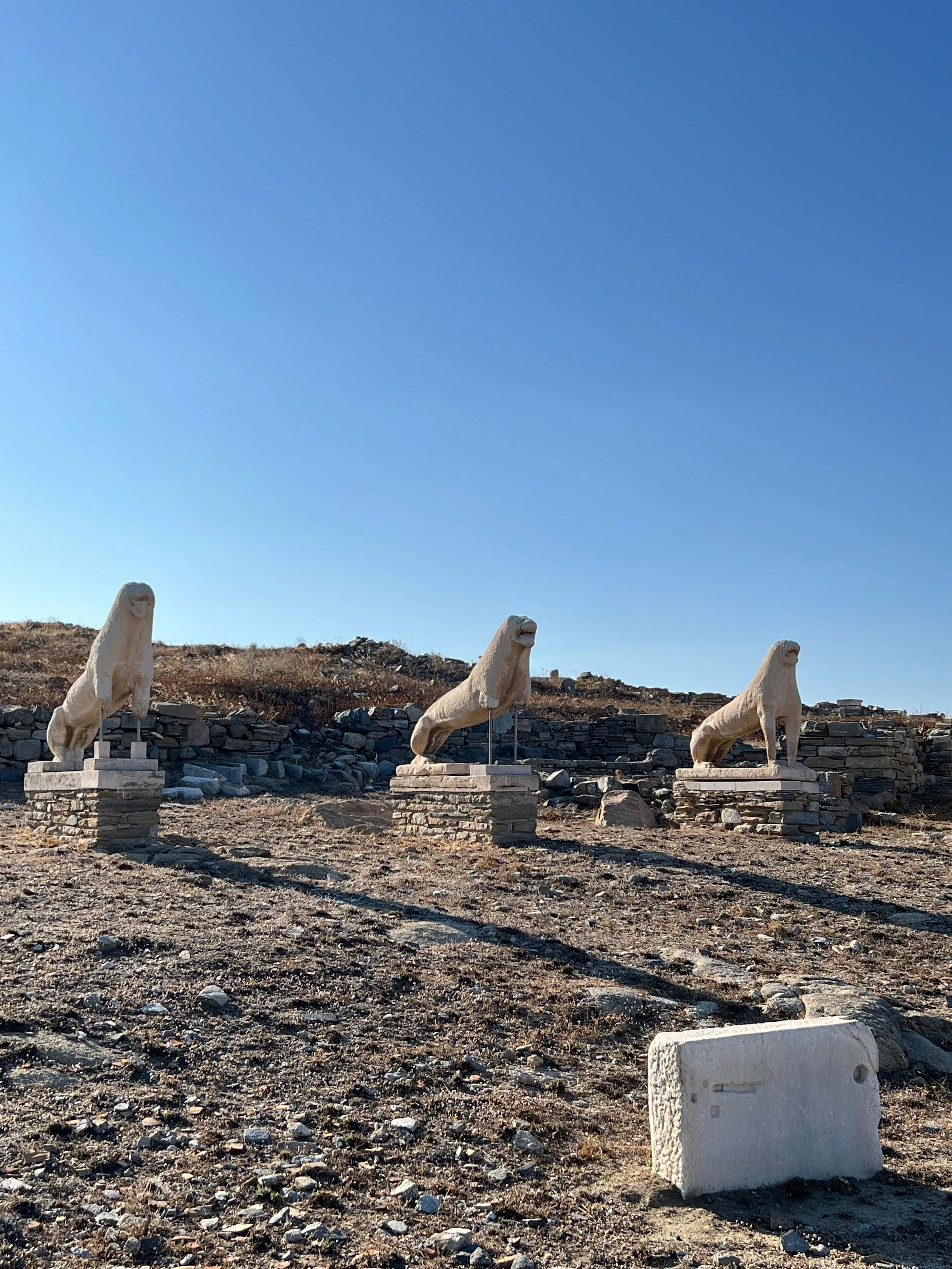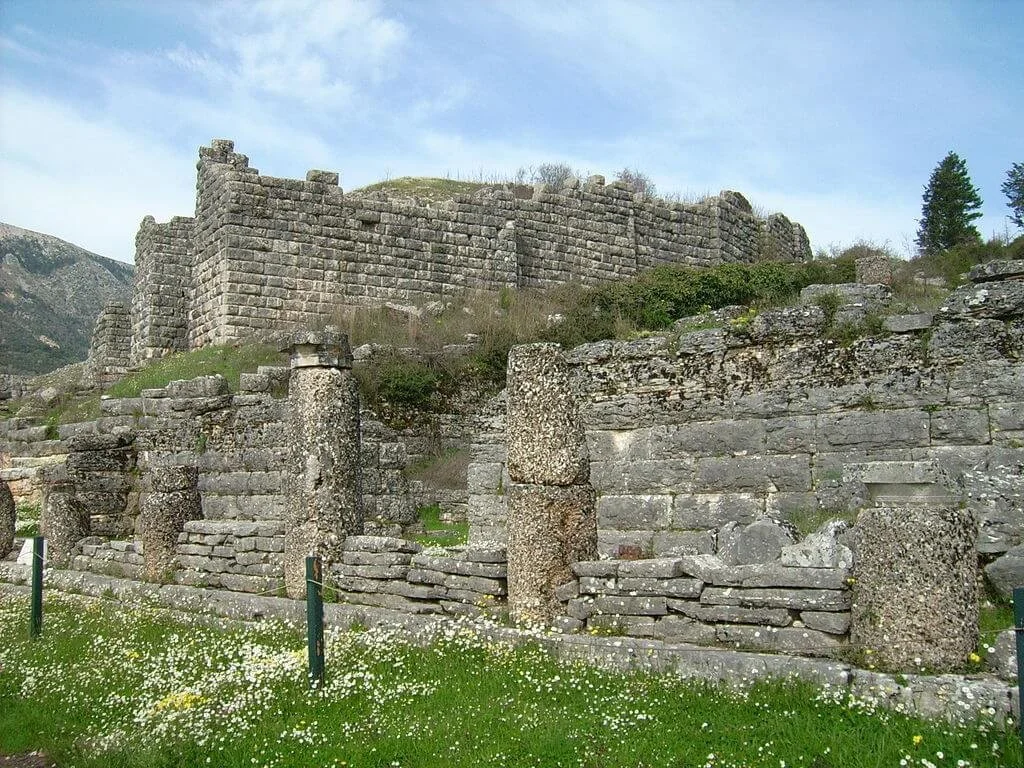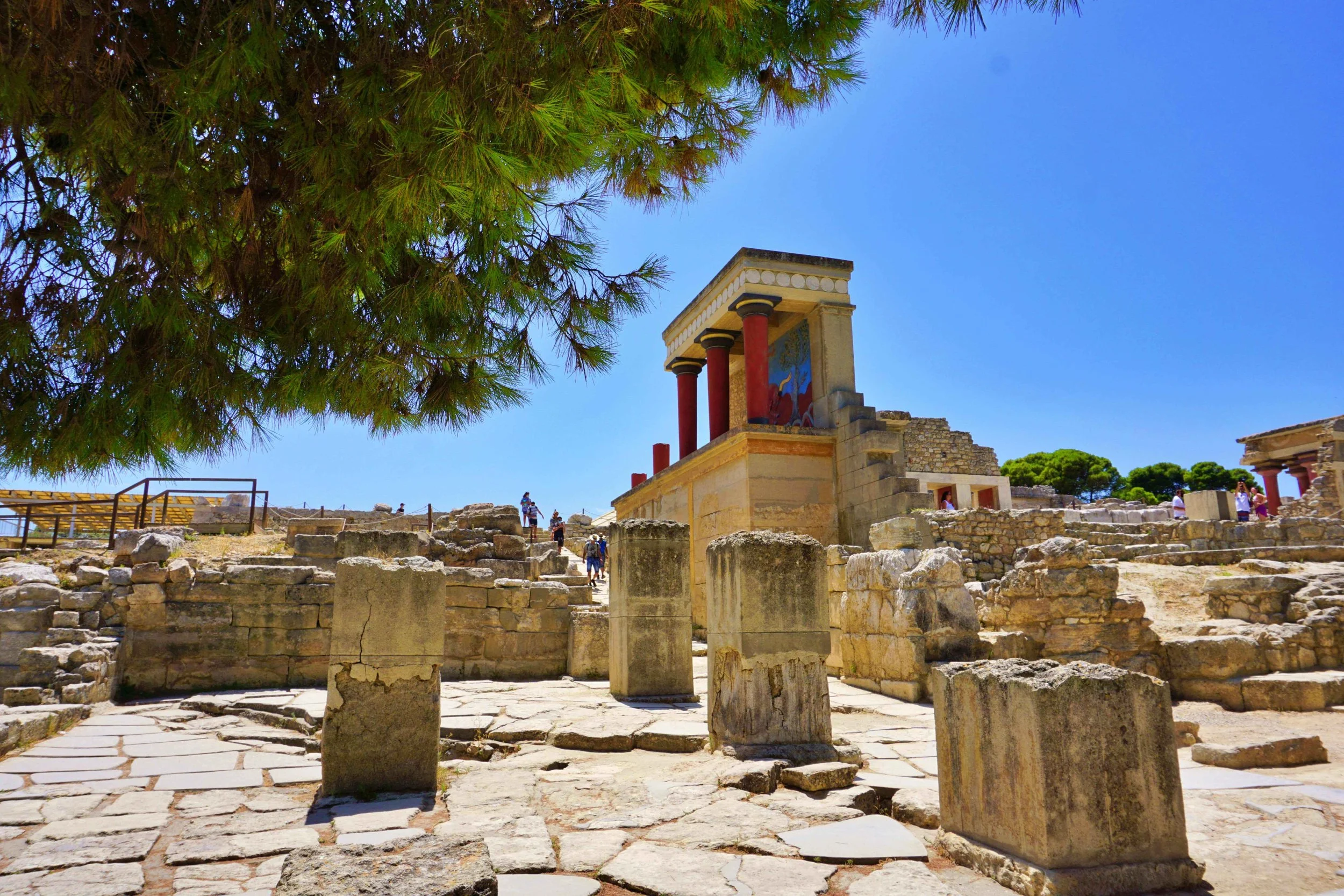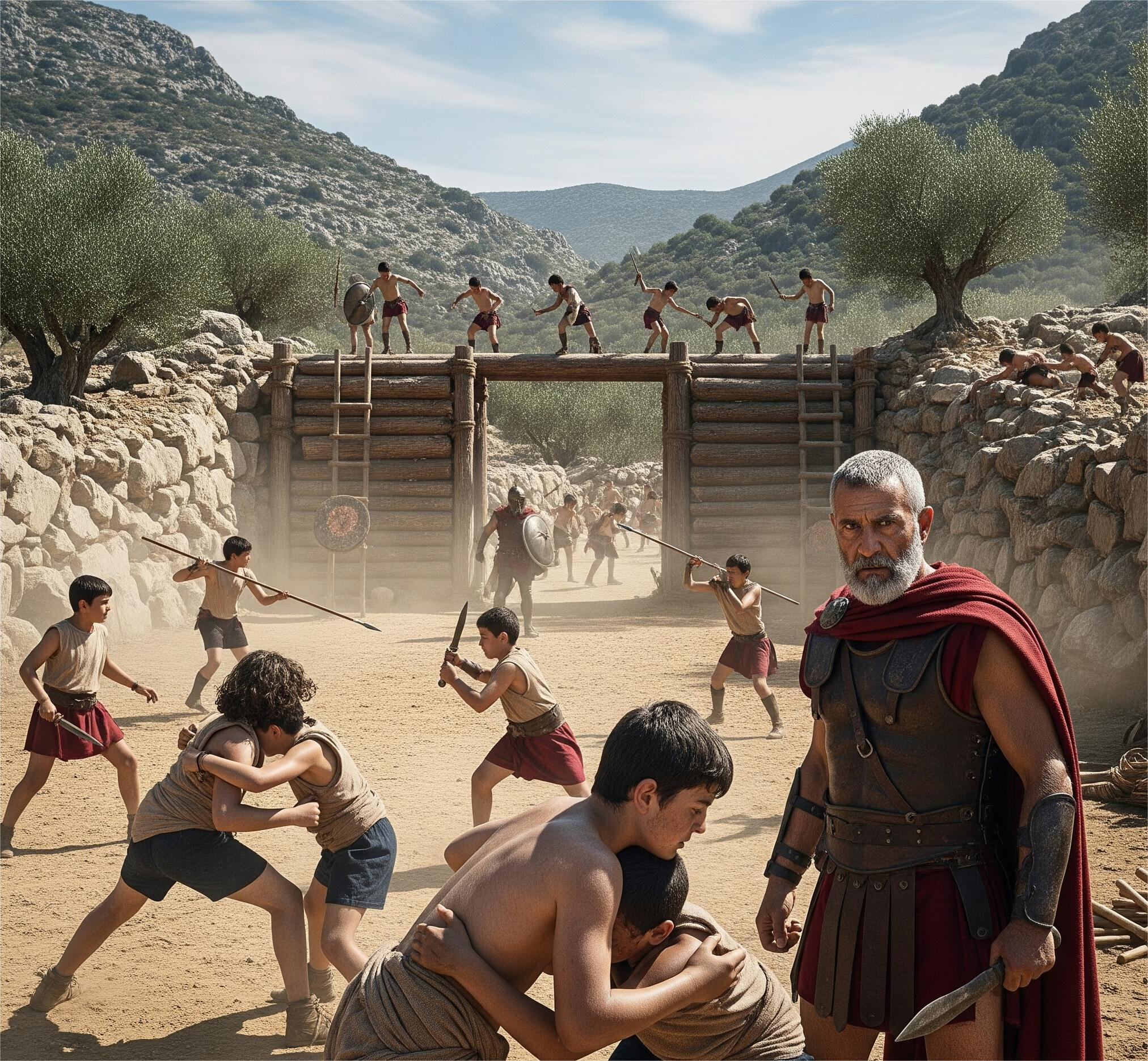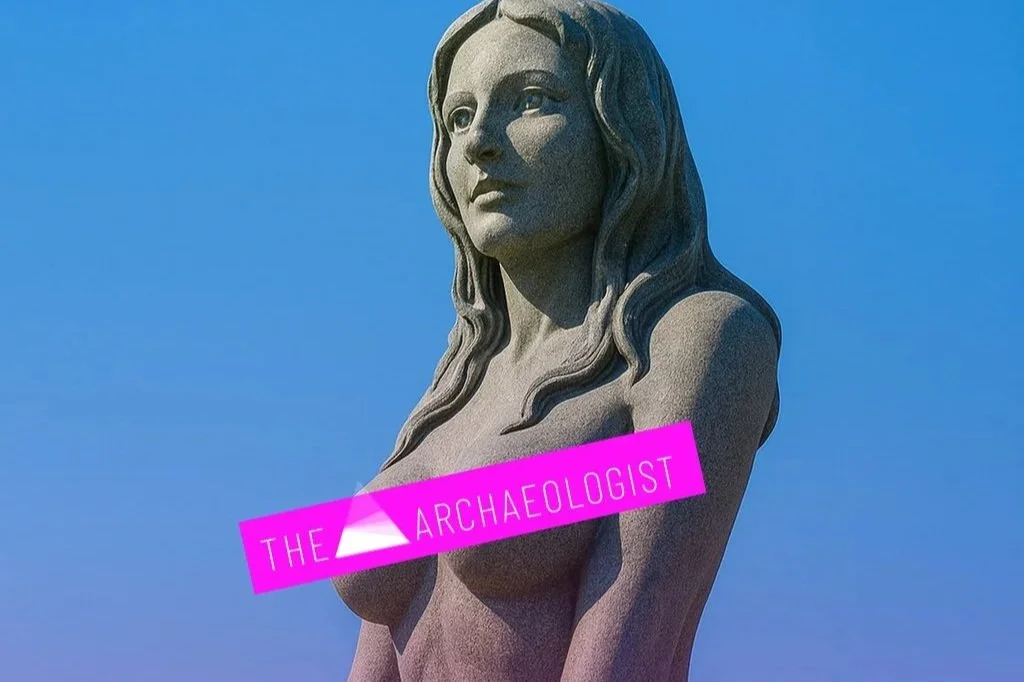In 2012, archaeologists sifting through thousands of unidentifiable bone scraps from Denisova Cave in Siberia pulled out a sliver no bigger than a thumb tip. It had no diagnostic shape and no context beyond the layer it came from. Yet that fragment—catalogued as Denisova 11 and later nicknamed “Denny”—turned out to be one of the most extraordinary individuals ever sequenced: a first-generation child of a Neanderthal mother and a Denisovan father. In one genome, Denny compresses the messy, braided history of archaic humans into a single life story. (eva.mpg.de)
From anonymous scrap to headline fossil
Denny was not discovered because of how the bone looked but because of how its proteins and DNA read. A team led by Samantha Brown first screened the cave’s bone splinters with ZooMS (Zooarchaeology by Mass Spectrometry), a “collagen fingerprinting” method that flags likely hominin pieces among animal remains. That test picked out Denisova 11 as human. The group then sequenced its mitochondrial DNA (mtDNA) and found it belonged to a Neanderthal lineage; radiocarbon tests placed the fragment at more than 50,000 years old—beyond the reliable limit for precise ^14C dates but clearly Late Pleistocene. (PMC)
Subsequent nuclear-genome work at the Max Planck Institute for Evolutionary Anthropology clinched the shock finding: across Denisova 11’s chromosomes, the pattern of variants alternated cleanly between Neanderthal and Denisovan alleles, exactly what you expect in an F1 (first-generation) offspring. The researchers could also tell that her mother belonged to a Neanderthal population genetically closer to later European Neanderthals than to earlier Altai Neanderthals from the same cave—evidence for Neanderthal movements across Eurasia—and that her Denisovan father carried traces of deeper Neanderthal ancestry in his own past. In other words, not only were Neanderthals and Denisovans meeting; they were meeting more than once. (eva.mpg.de, mpg.de)
How old was Denny when she died? The fragment’s cortical thickness and histological features point to an adolescent—at least 13 years old. It’s a small, human detail in a genome-scale story. (PMC, mpg.de)
Why she’s (still) the only one of her kind
Geneticists have long known that archaic humans mixed. Non-African people today carry Neanderthal DNA; populations from parts of Oceania and Southeast Asia carry Denisovan DNA as well. But those are echoes—signals of ancient interbreeding diluted by tens of thousands of years of recombination. Denny is different. She isn’t a statistical signature; she is the event. As of today, she remains the only confirmed first-generation Neanderthal–Denisovan individual ever identified, and she shows this mixing happened not just sporadically in deep time but in specific families who lived and died together. (eva.mpg.de)
That uniqueness reflects more than biology; it reflects sampling. Ancient DNA research depends on the luck of preservation, the happenstance of excavation, and the ingenuity of screening methods. Denisova Cave has been extraordinarily kind in this regard. Even so, Denny exists for us because a proteomics screen pulled her out of anonymity and because her DNA survived well enough for high-coverage analysis. Her status as “the only one” is a reminder that the fossil record is patchy and biased—which makes every “data point” like this disproportionately valuable. (PMC)
A braided landscape: when and where did groups meet?
Denny’s home ground helps explain the opportunity for encounters. Denisova Cave sits in the Altai Mountains at a crossroads between western and eastern Eurasia. Optical dating of the site’s sediments shows that Neanderthals, Denisovans and later Homo sapiens used the cave across hundreds of thousands of years, with occupations spanning roughly 300,000 to 20,000 years ago. This extended, overlapping presence created repeated chances for contact. (Nature)
More recently, sediment DNA studies have mapped these comings and goings even when bones are absent. A 2021 project sampled 728 sediment spots through the cave’s chambers and recovered ancient mitochondrial DNA from animals and hominins. The results chart turnovers in Denisovan and Neanderthal presence and show that both groups repeatedly occupied the cave—well into the time windows when initial Upper Palaeolithic technologies and modern human mtDNA first appear in the record. That broader picture makes Denny less a one-off curiosity and more a vivid snapshot from a long-running frontier of contact. (Nature)
What one genome tells us about two populations
Because Denny is an F1, her genome acts like a two-for-one archive. On her mother’s side, affinities to European Neanderthals imply east–west mobility among Neanderthal groups long before their disappearance. On her father’s side, the trace of older Neanderthal ancestry shows that Denisovans had already mixed with Neanderthals earlier—a layered history of contact that likely played out multiple times. The striking probability calculation from the original study is almost philosophical: among the tiny number of archaic individuals sequenced so far, to happen upon a literal first-generation hybrid suggests that, whenever these groups overlapped in space, interbreeding was not rare. (eva.mpg.de)
Methods that made the discovery possible (and why they matter)
Denny’s story is also a methods story. ZooMS triage turns “undiagnostic” bone crumbs into candidates for DNA work, making the most of sites where hominin remains are scarce or fragmentary. Pairing that with both mitochondrial and nuclear DNA analysis lets researchers separate maternal lineage (mtDNA) from the full ancestry picture (nuclear genome). This workflow—proteins to flag, mtDNA to place, nuclear DNA to resolve—has become a template for pushing the limits of what tiny fragments can tell us. Without it, Denisova 11 would still be a nameless shard in a storage tray. (PMC)
Why Denny matters beyond Denisova
First, she personalizes admixture. It’s one thing to say “Neanderthals and Denisovans mixed.” It’s another to read the genome of a teenager whose parents belonged to those different groups. That personalization helps the public grasp that human evolution is not a tree of neatly separated branches but a network of lineages exchanging genes when they met.
Second, she’s a calibration point. Denny anchors hypotheses about when and where Neanderthals moved across Eurasia and how often Denisovans and Neanderthals interacted. Her genome independently supports an east–west Neanderthal connection and a multi-episode contact history between Neanderthals and Denisovans—insights that would be far harder to extract from modern DNA alone. (eva.mpg.de)
Third, she contextualizes the cave’s deep-time narrative. Chronologies and sediment aDNA show that Denisova was a long-term meeting ground with shifting occupants and ecologies. Denny’s existence during that sequence makes the broader patterns tangible: overlapping ranges, intermittent contact, and cultural horizons in flux. (Nature)
Finally—and this is my take—Denny stands as a methodological milestone. She demonstrates that with careful screening and high-coverage sequencing, even “invisible” fragments can transform our models. If one F1 hybrid appears in such a small sample, the real history was likely rich with similar families whose traces are still waiting in museum drawers and sediment grids. That prospect is exhilarating because it promises a more nuanced, human-scaled story of how different groups met, lived, and sometimes had children together.
References (selected)
Slon, V. et al. (2018). The genome of the offspring of a Neanderthal mother and a Denisovan father. Nature 561, 113–116. (Open-access PDF). (eva.mpg.de)
Brown, S. et al. (2016). Identification of a new hominin bone from Denisova Cave, Siberia using collagen fingerprinting and mitochondrial DNA analysis. Scientific Reports 6, 23559. (Open-access). (PMC)
Jacobs, Z. et al. (2019). Timing of archaic hominin occupation of Denisova Cave in southern Siberia. Nature 565, 594–599. (Nature)
Zavala, E. I. et al. (2021). Pleistocene sediment DNA reveals hominin and faunal turnovers at Denisova Cave. Nature 595, 399–403. (Nature)
Max Planck Institute press release (2018). Neandertal mother, Denisovan father! (summary with age estimate and population affinities). (mpg.de)










